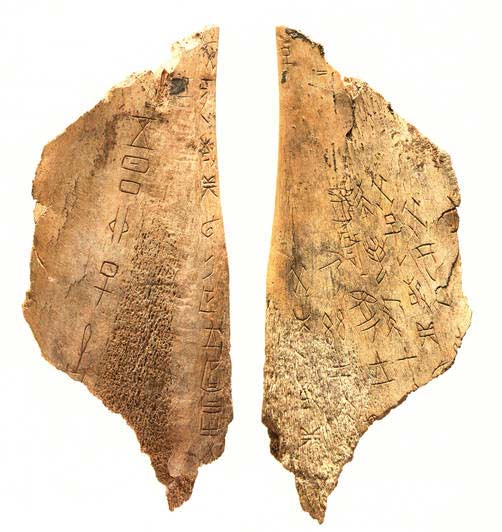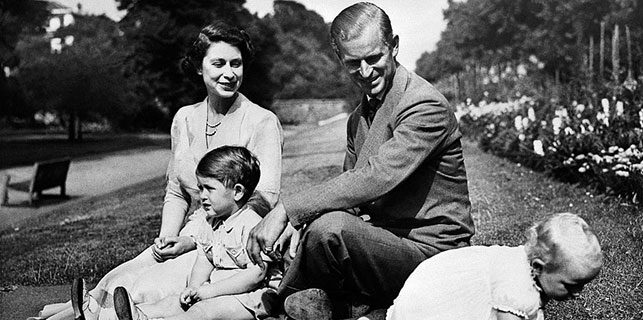Oracle bones added to UNESCO world memory register
 |
|
Chinese oracle-bone inscriptions [Photo/unesco.org] |
Chinese oracle-bone inscriptions were recently included in the UNESCO Memory of the World Register.
Oracle-bone inscriptions are the earliest documental evidence found in China, excavated from the Yin ruins in Anyang city, Central China's Henan province. These artifacts provide records of divinations and prayers to the gods from people in the late Shang Dynasty (c.16th century-11th century BC). Over time, oracle-bone inscriptions developed into modern-day Chinese characters, showing the continuous evolution of Chinese civilization. Oracle bones serve as important materials for studying the long-standing and brilliant Chinese civilization and the nature of state and society in early China.
The Memory of the World Programme, established by UNESCO in 1992, aims to rescue the gradually aging, worsening, and disappearing documentary heritage in the world, to strengthen protection and utilization, and to raise public awareness of the significance of documentary heritage. The program takes place every two years, and last time, China's submission of "Archives of the Nanjing Massacre" was included in the Memory of the World Register in 2015. So far, China already has 10 examples of documentary heritage inscribed on the Memory of the World Register.


















